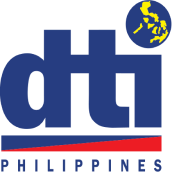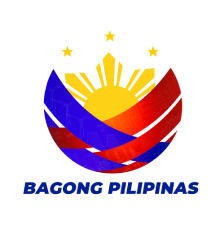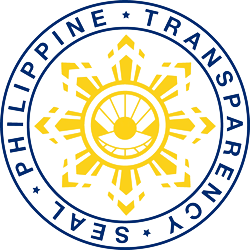Trends in FTAs
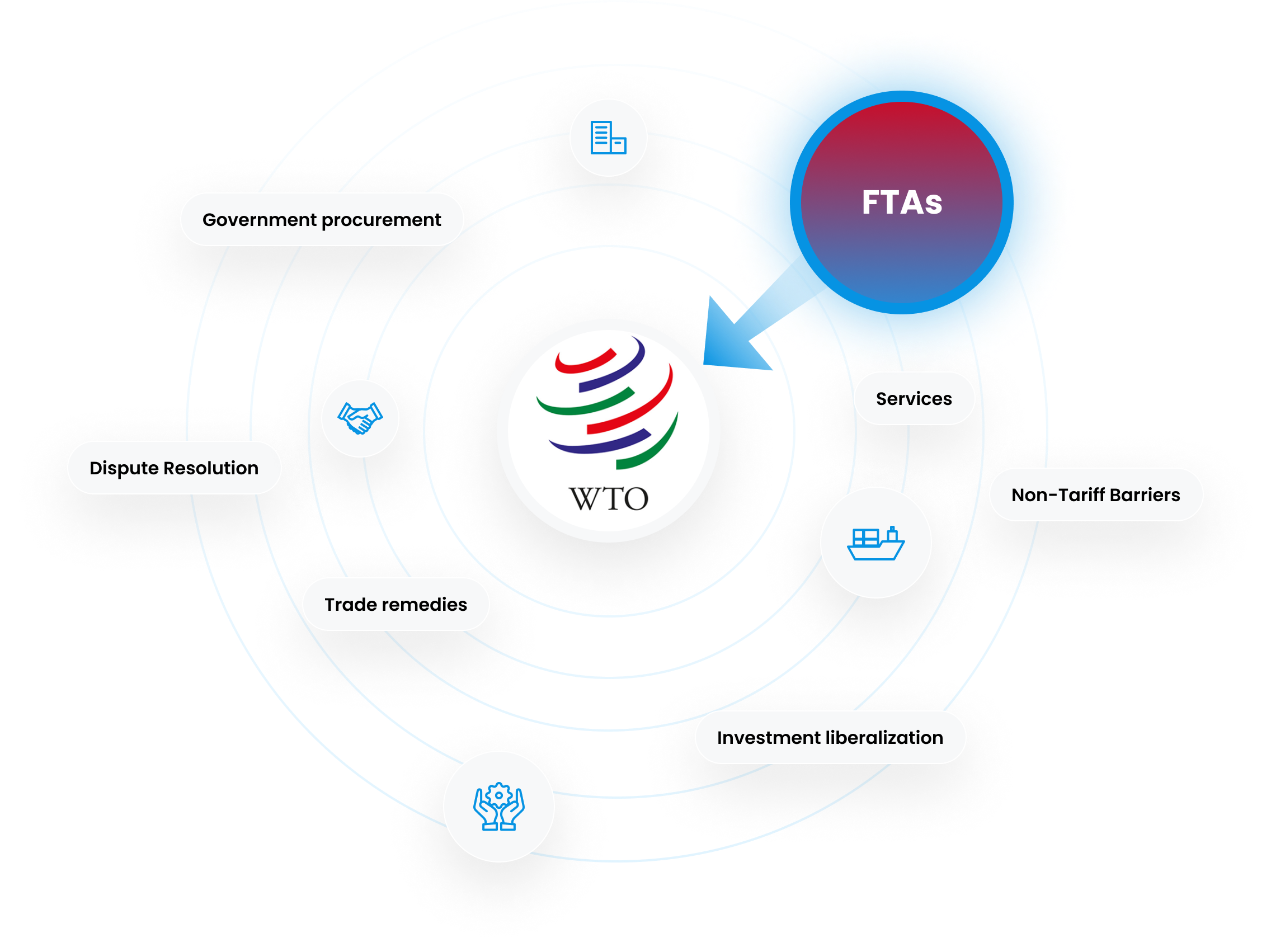
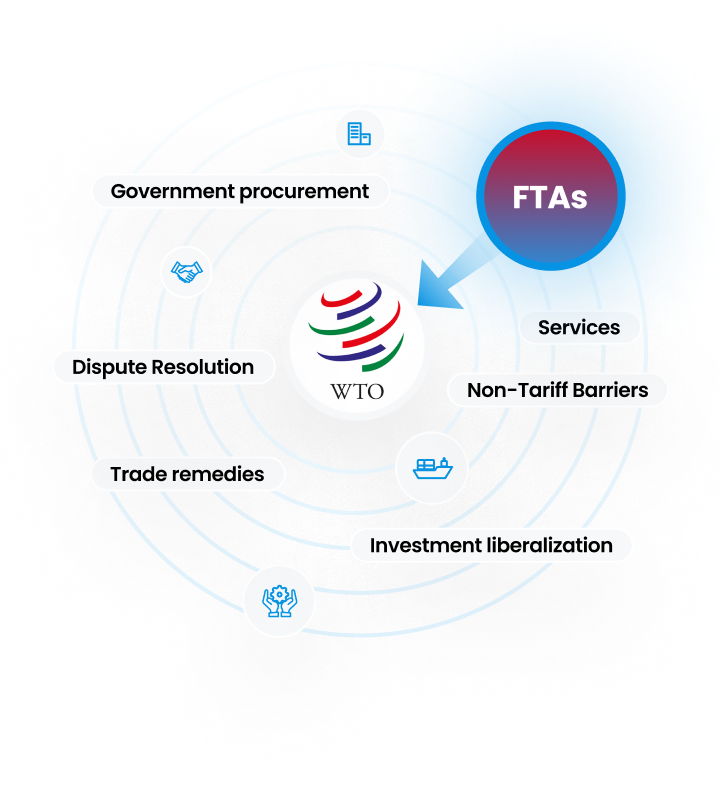
Contents of FTAs
- Tariffs The ultimate goal of an FTA is the gradual elimination of tariffs on all goods.
- Rules of Origin Special preferences apply only to products manufactured in the member countries.
- Services Removal of barriers to trade in various service sectors such as finance, telecommunications, education, and healthcare.
- Investment Liberalization Relaxation of investment-related regulations to enhance investment between countries.
- Government Procurement Partial or complete opening of government procurement markets to generate substantive investment effects in member countries.
- Trade Remedies Negotiations proceed towards mutual exemption from safeguards and anti-dumping measures
- Non-Tariff Barriers Including technical regulations, sanitary and phytosanitary measures related to agricultural and fishery products, customs procedures, foreign exchange regulations, the existence of state-owned trading enterprises, and pre-shipment inspection.
- Dispute Resolution Disputes are resolved according to the agreement between FTA member countries rather than through the dispute settlement procedures of other international organizations such as the WTO, saving time and costs.
Contents of FTAs
Background of the GSP Agreement

The Generalized System of Preferences (GSP) was initiated when developing countries began demanding tariff reductions on their export goods to boost their export capacity and enhance their industrial competitiveness.
From the perspective of developing nations, competing under the same conditions as developed countries was considered unrealistic due to the widening industrial competitiveness gap, which was leading to a further deepening of global wealth inequality. As a result, developing countries strongly advocated for preferential tariffs on their goods. Eventually, developed nations accepted this, leading to the adoption of the GSP system.
Trends in GSP
-
Annual Determination
Not all goods exported from developing countries to developed countries benefit from the Generalized System of Preferences (GSP). Each GSP granting country annually determines which products are eligible for preferential tariffs.
-
Positive/Negative Lists
There are two methods for determining GSP-eligible products: one involves presenting a positive list of items that qualify for preferential tariffs, while the other involves presenting a negative list that specifies excluded items.
-
Industrial Products
In general, most donor countries include the majority of industrial products in their GSP lists. However, as Free Trade Agreements (FTAs) expand globally and the economies of developing countries grow, the range of products eligible for GSP benefits has been gradually shrinking.
-
Developed Nation Challenges
While the Generalized System of Preferences (GSP) allows developed countries to offer tariff preferences to imports from developing countries, it also poses challenges for developed nations, such as the need to protect domestic industries, prevent unemployment, and secure customs revenue.
-
Safeguard Mechanisms
Therefore, developed countries cannot provide unlimited tariff preferences. To address this, GSP donor countries have the ability to implement safeguard measures that limit preferential imports. Currently, two main safeguard mechanisms are employed by developed countries: the Escape Clause and Ceilings.
Escape Clause
Initially allows unlimited preferential imports, but if a sharp increase harms domestic industries, tariff preferences are suspended.
Ceiling
Sets a limit on preferential imports for each item. Preferences are granted only within this limit, with quantity restrictions applied by countries like Japan and the EC.
Trends in GSP
Basic GSP
This is the most common form of GSP, where developed countries provide tariff reductions to a broad range of developing nations on specific goods.
All GSP target countries
GSP+ (Enhanced Preferences)
Under this type, countries that meet additional criteria, such as commitments to human rights and labor laws, may receive deeper tariff cuts or even duty-free access to the developed country’s market.
A country that meets global standards
Everything but Arms (EBA)
This is a more comprehensive version of GSP granted to Least Developed Countries (LDCs), providing duty-free and quota-free access to almost all products except for arms and ammunition.
GSP Eligibility Criteria
The Generalized System of Preferences (GSP) provides tariff benefits only for products that originate from the beneficiary country. To qualify, exports must meet rules of origin and transportation requirements set by the donor country, along with submitting the necessary documentation proving compliance.
Rules of Origin
GSP beneficiary exports are broadly categorized into wholly obtained products and products containing imported materials.

